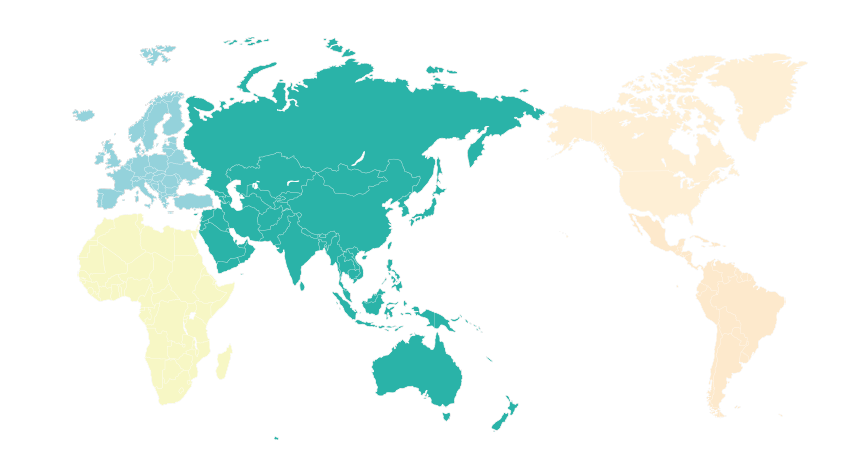Main Theme
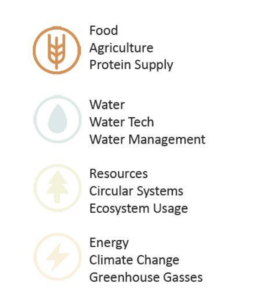
Subtema: Soil growth technology, Desertification
Abstract
More than 1.5 billion people directly depend on land that is slowly being lost to desertification. Desertification refers to the persistent degradation of dryland ecosystems by climatic variations and human activities. Every year, 75 billion tons of fertile soil is lost to desertification, which amounts to 12 million hectares of land, an area that can grow upto 20 million tons of grain. Desertification and land degradation result in the loss of $42 billion every year.
In addition to socio economic impacts, desertification also has a profound impact on the environment. It fuels water scarcity in regions that are often water stressed. The presence of organic and inorganic carbon in dryland soil contributes to Carbon Dioxide emissions into the atmosphere, and is growing at a rapid rate as desertification increases.
The current methods involved in the reclamation of land affected by desertification is inefficient due to the need for large volumes of water, time taken for reclamation, and structural infrastructure needed to combat impact of desertification (windbreaks and shelterbelts).
Desert Control is a company based in the Middle East that looks to speed up the process of reclaiming desert land for useful agricultural use. Their solution involves the application of Liquid Nanoclay directly to desertified land to make it suitable for growing crops. This approach shortens the process and is comparatively cost-effective to other forms of reclamation. The solution has been deployed in municipal projects in Abu Dhabi and Egypt, and has gained interest in countries in other parts of the Middle East and in China
Sustainable Development Goals Chart

Main Highlights
Desertification in the Middle East
- 38% or roughly 1/3rd of the land surface is vulnerable to desertification.
- Land use practices such as overexploitation, over-cultivation, and deforestation to promote overgrazing along with improper water management adversely accelerate desertification.
- Sandy soil is 50% to 70% less effective for agriculture as compared to other forms of soil due to low water retention.
Impact of Desertification
- Approximately 15 billion metric tons of food is required to support the global population by 2050 while combating an annual rate of desertification of 1.8%.
- 4% of the total GHG emission is attributed to the release of carbon from desertified lands.
- The cycle of inefficiency accelerates the water problem in the Middle East. With water being poorly managed on crop lands leading to desertification, which then leads to the over-utilization of water to combat desertification.
- 70% of the GDP in the Middle East is exposed to high water scarcity as compared to the global average of 22%.
- Reclamation of desertified land is water intensive, subject to the effect of dust and sand storms, and takes 7 to 12 years to complete.
Desert Control: Reclamation in a Matter of Hours
- Liquid Nanoclay (LNC) forms a thin layer on the sandy soil with a thickness of 1.5 nanometres.
- LNC is a non-intrusive process that ensures water and nutrients percolate on the soil for maximum optimization of soil.
- Approximately, 4 litres of LNC is required to cover 1 hectare of land.
- LNC promotes the growth of Mycorrhizal fungi, which forms a symbiotic relationship with agricultural crops and thereby improving nutrient content in the soil.
- Desert Control has plans to break into the commercial market with the established of larger production facilities of 40,000 litres/ hour as compared to their existing capacity of 15,000 litres/ hour. Impact Statement.
Impact Statement
- Desert Control’s LNC can be utilized in any sandy soil in the world to make land suitable for growing plants and crops.
- Compared to other options, such as bio-sand mixtures and bio-char, LNC offers one of the most effective and sustainable approaches to reclaim desert land for cultivation ● Planting green plants in desert areas can reduce land-based CO2 emissions by up to15 to 25 tonnes per hectare.
Systems Perspective
- Holistic development of land affected by Desertification.
- Current pricing strategy makes it a non-commercial product at $2 per sq metre of land.
- Increase in production capacity from 15,000 litres/ hour to two units of 40,000 litres/ hour will help break into commercial markets.
- There is opportunity to explore.
Case Overview
Desertification in the Middle East
The region covering the Arabian Peninsula, Qatar, Kuwait, Bahrain, and UAE is prone to Desertification. Arable land in this region is being converted into deserts as a result of human exploitation of land with estimates suggesting that 70% to 90% of arable land in the Arabian Peninsula, now at risk of desertification. Desertification has been accelerated in the region as a result of overgrazing, overcultivation, deforestation, and improper water management.
It is estimated that globally, 20% of earth’s fertile land has already been lost to degradation and annually, 12 million hectares of fertile land is lost to desertification. Agriculture is the major consumer of available freshwater at 70%, but when soil turns to sand, the amount of water needed for agriculture increases. Sandy soil can only hold water up to 0.8” per foot as compared to silty soil, which is the most fertile and can hold water up to 2.4” per foot. With water already being a scarce resource, the land lost to desertification becomes unusable.
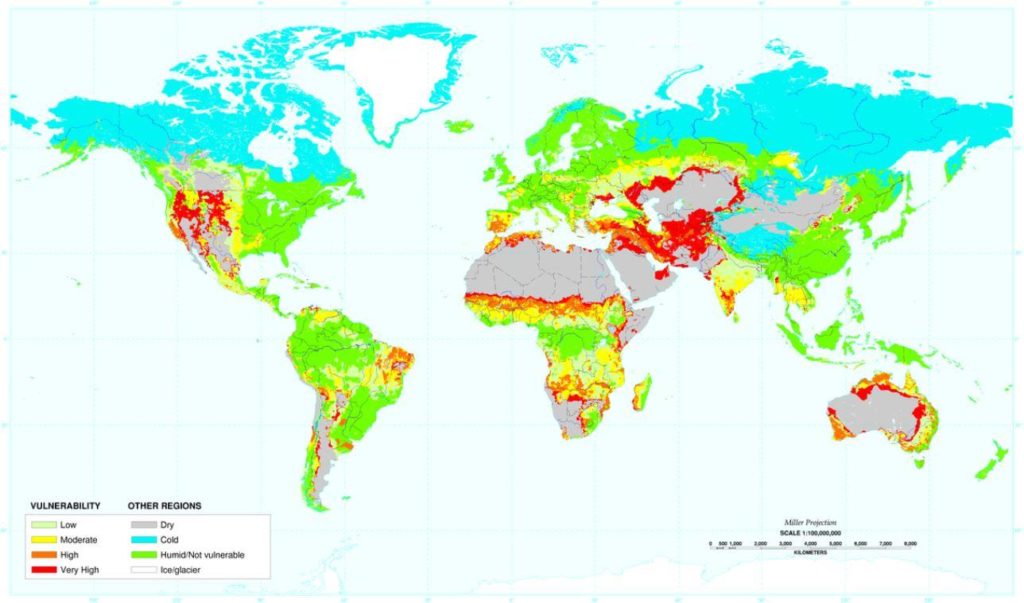
Image 1: Desertification Vulnerability | Source: World Bank Group
Impact of Desertification
Desertification has a significant impact on both climate change and on the socioeconomic stability of the region. Desertification leads to mass migration, with estimates suggesting there will be displacement of 135 million people in the next decade. In addition to mass displacement, the strain on existing fertile land will be intensified with crop production needing to double by 2050.
Desertification has led to the increase in dust storms by 25% to 50% in the last century. This equates to a loss of around 150 billion USD to the countries in the Middle East and Western Asian region as a result of welfare loss, poverty, and increased rate of disease transmission.
Desertification also has a profound impact on the environment with increase in land degradation, soil erosion, loss in biodiversity, and water scarcity. Land that is vulnerable to desertification is said to be 50% less productive in terms of crop yield leading to increased importation to combat food insecurity. Excessive exploitation of vegetation leads to losses in primary production and hence also to reduced carbon sequestration. It is the disruption of the interlinked services jointly provided by dryland plant biodiversity that is a key trigger for desertification and its various manifestations, including the loss of habitats for biodiversity.

Image 2: The Impact of Desertification | Source: Green Facts
Dryland soil is home to a quarter of all the carbon stored in the world as well as nearly all the inorganic carbon. Unimpeded desertification may release a major fraction of this carbon to the global atmosphere, with significant consequences to the global climate system. It is estimated that 300 million tons of carbon is lost to the atmosphere from drylands as a result of desertification each year. The decomposition of soil organic matter and biomass in regions affected by desertification has also led to the emission of 450 to 500 giga tonnes of Carbon Dioxide, which is more than the amount of Carbon Dioxide emitted as a result of fossil fuel usage.
The loss of arable land leads to countries in the region resorting to the utilization of ineffective methods of land restoration. The restoration process generally involves the utilization of large volumes of water or the use of salt water-based farming. Both of these processes take a prolonged period to implement and have disadvantages. The utilization of water to combat desertification is difficult in the region since 60% of the region is already categorized as water stressed. The utilization of salt water makes the soil saline leading to either only the use of halotolerant crops or the need for even more water since saline soil leads to roots unable to retain water in the roots and thereby leading to dehydration and crop death.
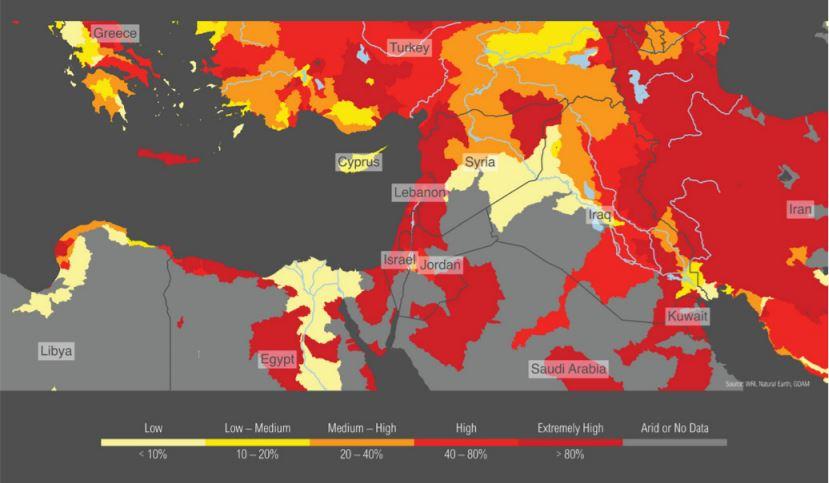
Image 3: Water Stress in the Middle East | Source: WRI
Even if the nations in the Middle East were to pump water for re-irrigation of desertified land, the land is subject to harsh conditions and weather. This would require the development of windbreaks and shelterbelts. There have been instances of desert land being reclaimed, but the process tends to be economically intensive and takes between 7 to 12 years.
Desert Control: Rapid Reclamation of Desertified Land
The biggest problem with the desertification is that the soil becomes sandy and loses the ability to retain water. A lack of water retention essentially makes the soil unusable for agriculture. The utilization of clay, which is known to have high water retention to reclaim deserts, is difficult since clay and sand don’t mix easily. However, Desert Control has developed a process that turns clay as thin as a liquid. This clay layer can be sprinkled on affected land using sprinklers for smaller land areas and drones for larger land areas.
The thin layer of clay is referred to as Liquid Nanoclay (LNC). LNC adds a 1.5 nanometer thick layer of clay to the surface of sand particles. This allows moisture to be adsorbed by the sand particles, instead of having water and nutrients percolating through the soil, they stay in an LNC enriched layer in the soil. The utilization of LNC on affected land ensures that the treated land has a decreased water consumption rate of up to 65% and increase in crop yield up to 62%. The LNC layer also ensures that the fertilizer doesn’t seep through to the underlying soil or the waterbed and therefore removing the potential chance of further pollution.

Image 4: Transformation of Desert Land into Agriculture Land | Source: Desert Control
The time taken for the land to be recovered is on average 7 hours, but it is heavily dependent on the availability of the company’s LNC. This has prompted the company to manufacture a mobile unit with the capability of producing 15,000 litres/ hour of LNC. The company also has plans of development of mobile units that are capable of producing 40,000 litres/ hour off LNC. Once applied, LNC can last up to 5 years on agricultural land and up to 20 years on tree plantations before needing to be topped up. The solution from Desert Control is unique, non-intrusive, and is extremely efficient.
Impact Statement
Desert Control’s Liquid Nanoclay provides a layer of suitable soil conditions that make it feasible to use in any sandy soil area in the world, potentially allowing for plants to grow in areas that have been lost to the desert, or where previously impossible.
There are approaches to reclaiming the desert for useful purposes, but in our research, LNC ranks as one of the most effective and sustainable approaches present.
The table below provides a comparison on the effects of LNC with other materials that are used as a way to provide better soil conditions to reclaim deserts.
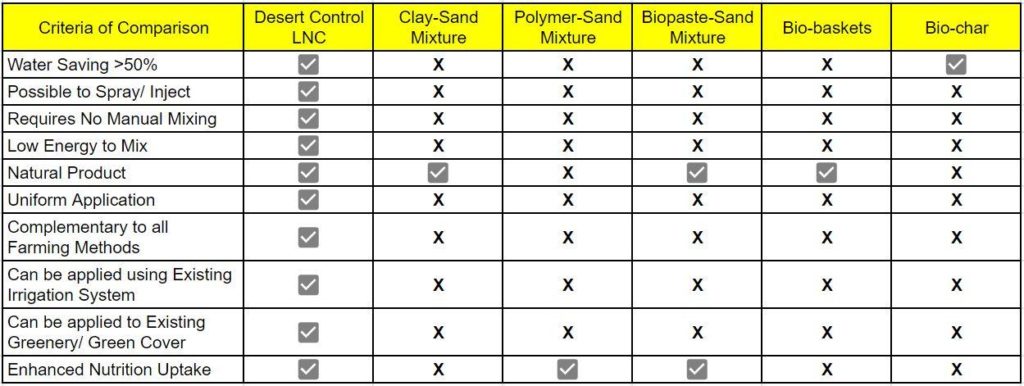
Desertification occurs due to resource-straining activities – over-cultivation, overgrazing, deforestation, and improper water management – and is exacerbated by climatic conditions. These effects are often something that is largely semi-permanent that continues for decades.
It is especially important to counter the effects of desertification, which range from affecting water conditions, spoiling soil and land conditions, and making places uninhabitable or unusable for productive use.
In places like the Middle East, where land for agriculture is already constrained, the effect of Desert COontrol’s LNC product in making desert land suitable for growing crops and plants, offers a path to tackle the problems of food insecurity and water stress that it is likely to witness.
There are also the tangible effects of planting in desert land that offers significant benefits that the LNC can be attributed towards. Desertification leads organic carbon compounds on poor soil to evaporate contributing to greenhouse gases, reclaiming deserts by growing green plants, on soil grown on LNC, can reduce CO2 emissions by 15-25 tons/hectare.
Systems Perspective
The Main Benefits
The solution developed by Desert Control is more efficient than any other desert reclamation solution. The LNC system not only helps in the reclamation of affected land in a fraction of the time as compared to traditional methods of reclamation but also improves soil health. In addition to reduced water consumption and increased yield rate, the focus placed on managing the impact of fertilizers on the soil and waterbed is crucial to highlight. The focus of Desert Control is on robust and rapid impact coupled with the assurance of long-term development of the land.
The Hurdles
The current cost around the application of LNC on affected land works out to be approximately $2 per sq meter of land. This would make it possible for farmlands in affluent parts of UAE to afford, but poses a detrimental factor to large-scale commercial application in the region. This has led to Desert Control taking a municipality-administration approach, where the cost is taken up by local and regional governments.
What Can be Done?
Desert Control has raised $5 million in capital between 2019 and 2020, which has aided in their capacity development. Their highest functioning facility, at the moment, only produces 15,000 litres/ hour of LNC. The proposed development of two mobile units capable of producing 40,000 litres/ hour of LNC will be a game-changer. The greater the production capacity, the greater flexibility that Desert Control has in overcoming the financial restraints associated with entering the commercial market.
Desert Control has also heavily focused on reversing desertification, which can lead to being solely associated as a solution to that major environmental problem alone. However, their product seems to be an appropriate solution for a number of different climates and soil problems, which could mean greater impact and therefore greater revenue.
Links and Contact Information
- Company Website: https://www.desertcontrol.com/
- Chief Scientist: Mo Segad, PhD. Linkedin Profile: https://www.linkedin.com/in/mo-segad-phd-chair-0609915/
Article by: 4Revs Reseacher Suryakumar Appu | September 2021

